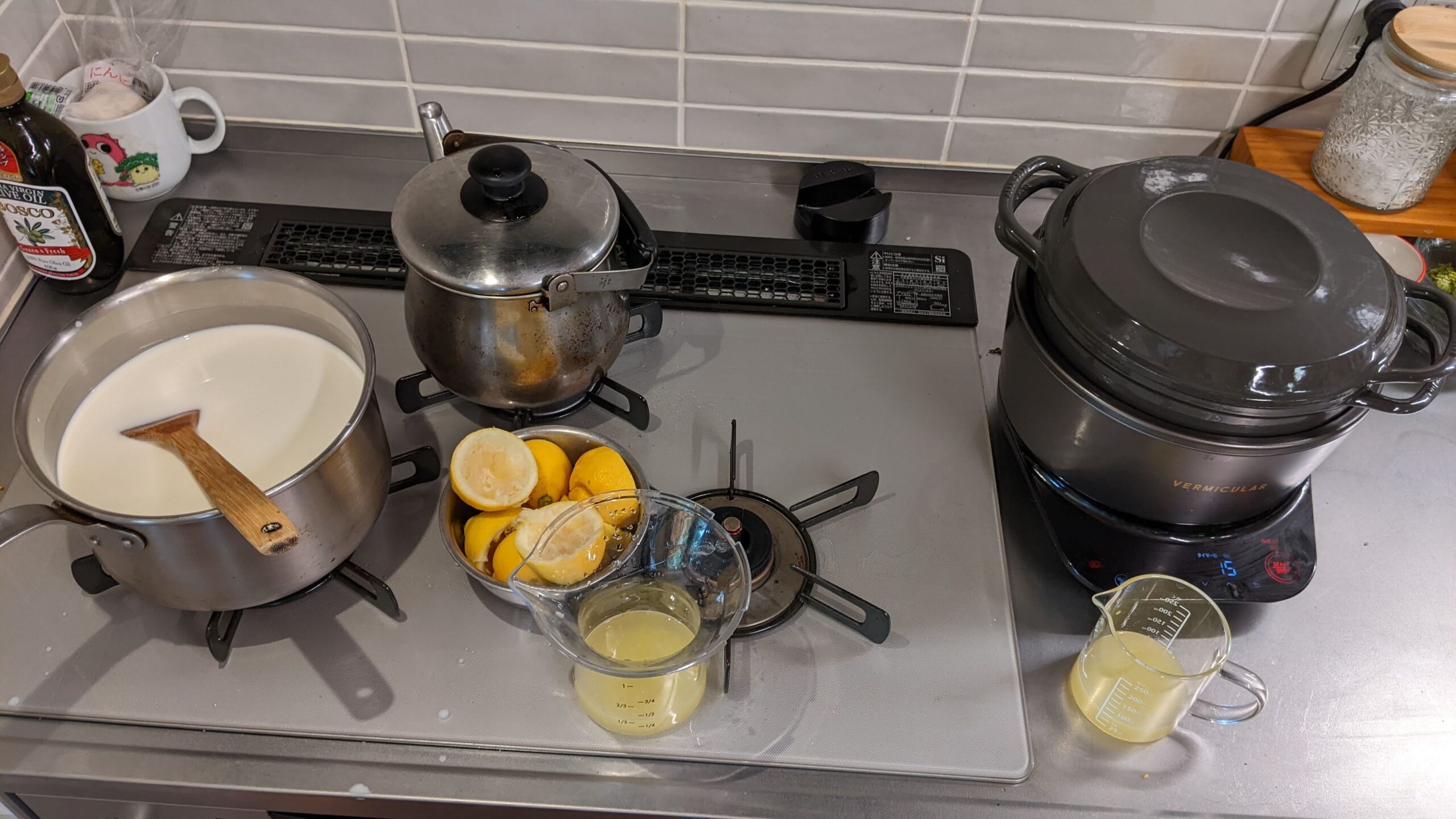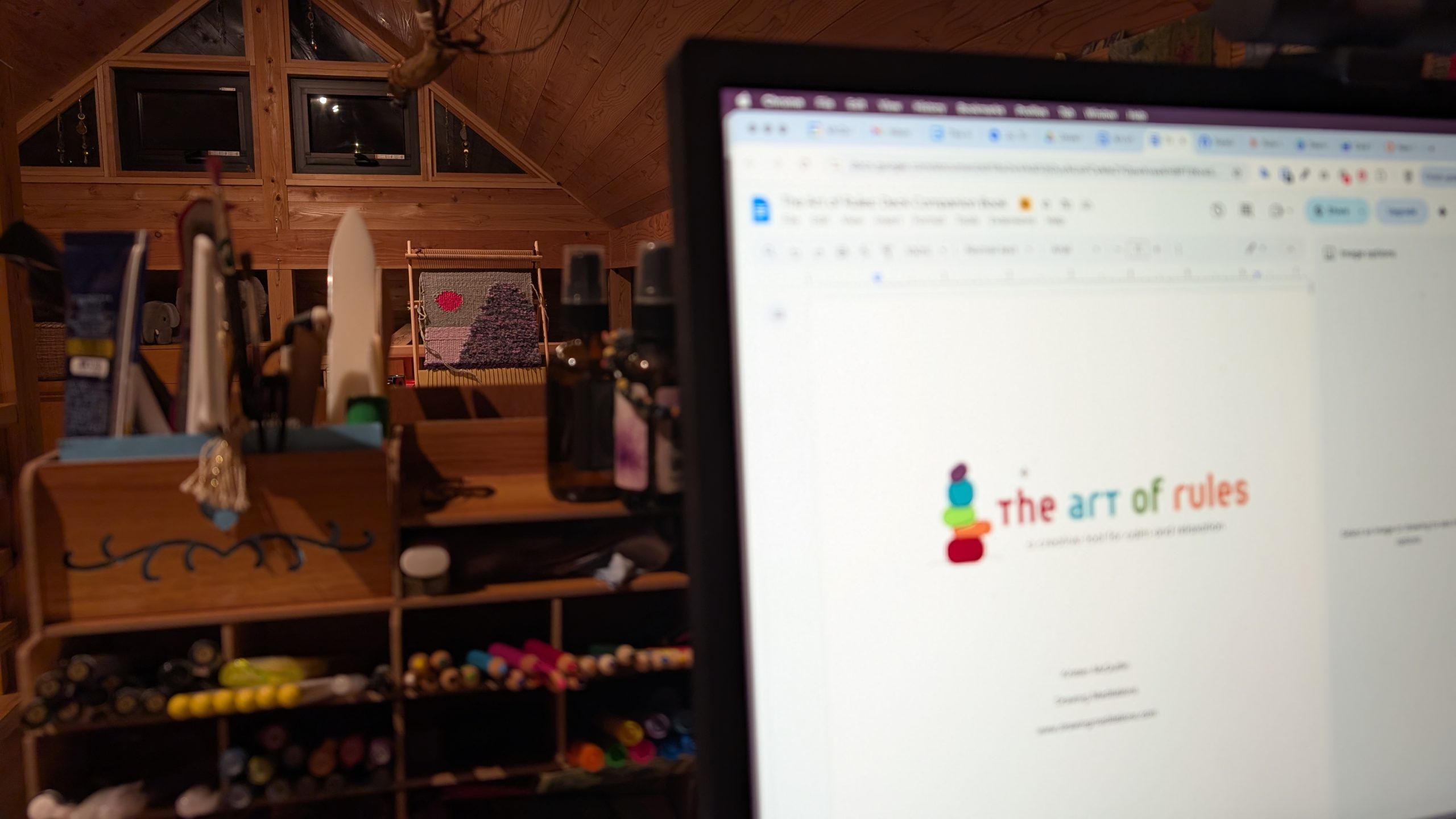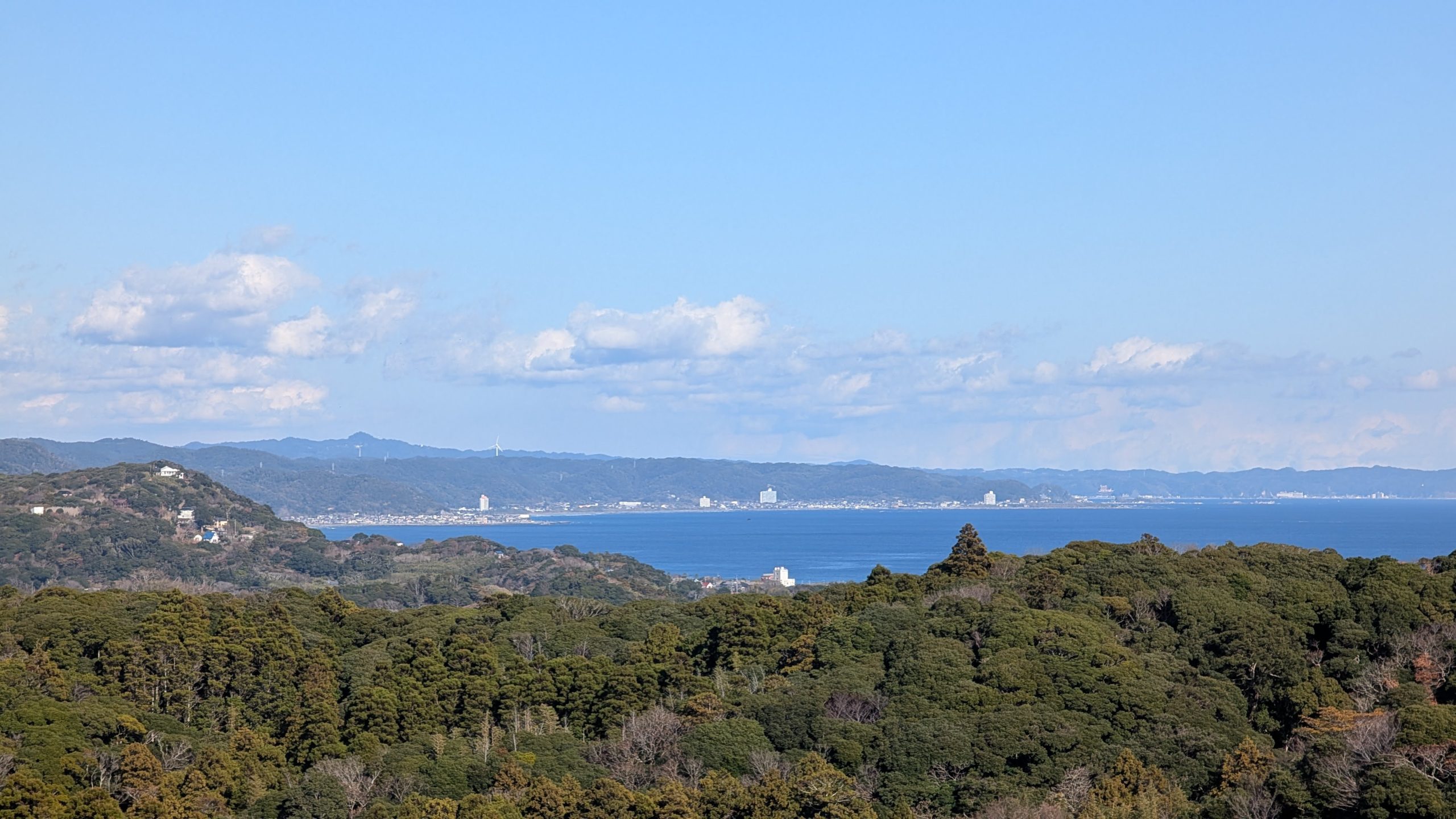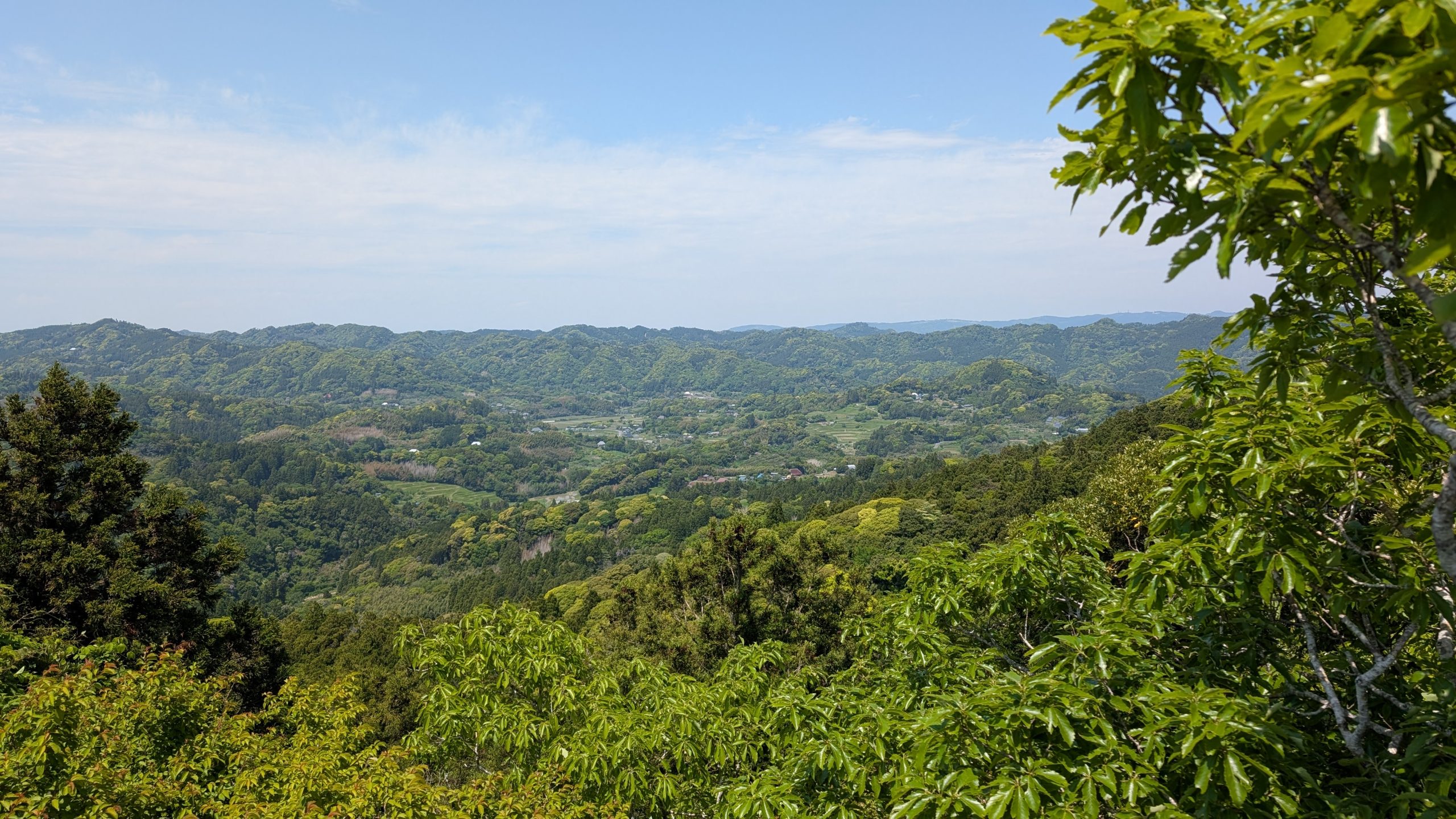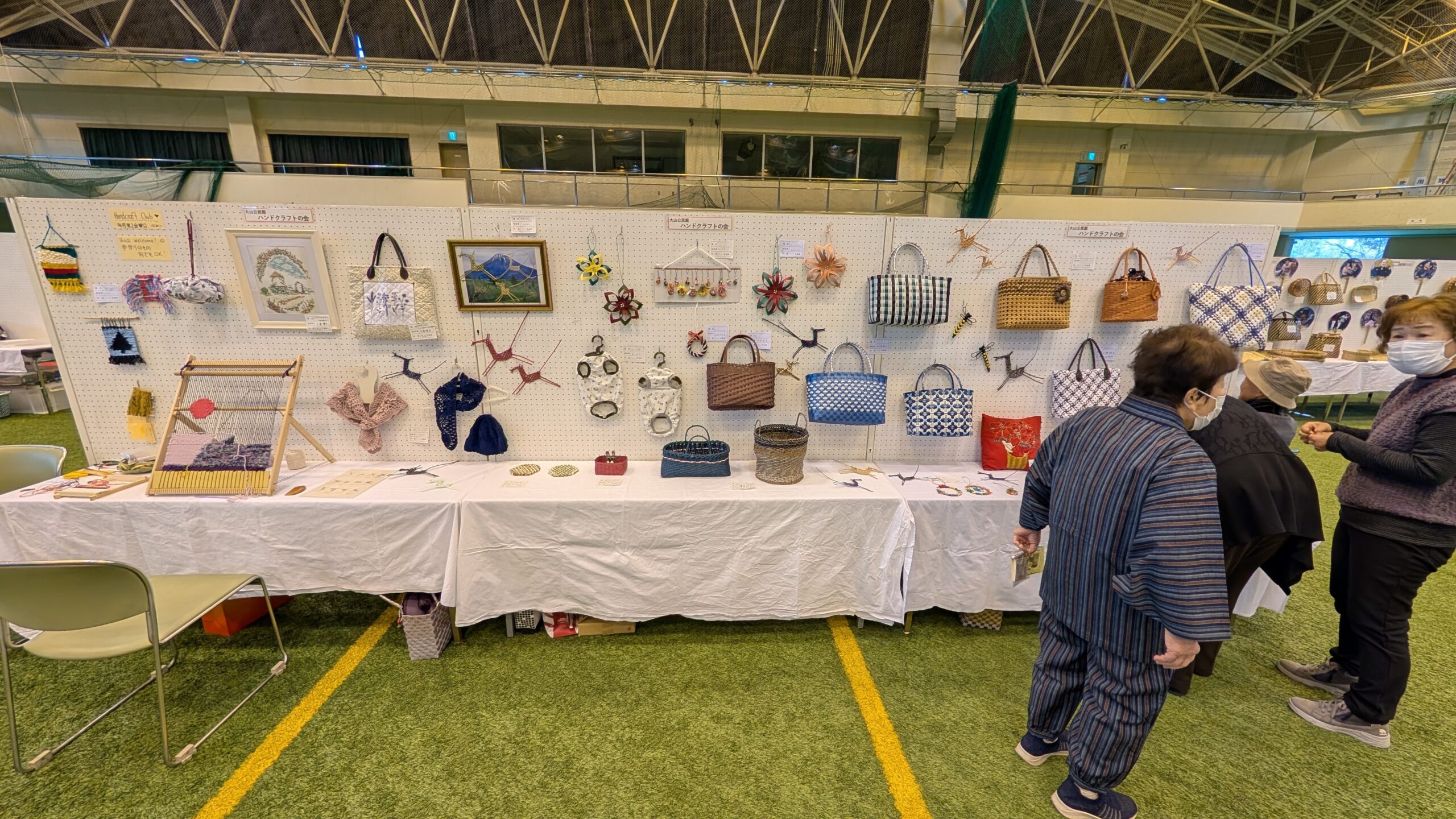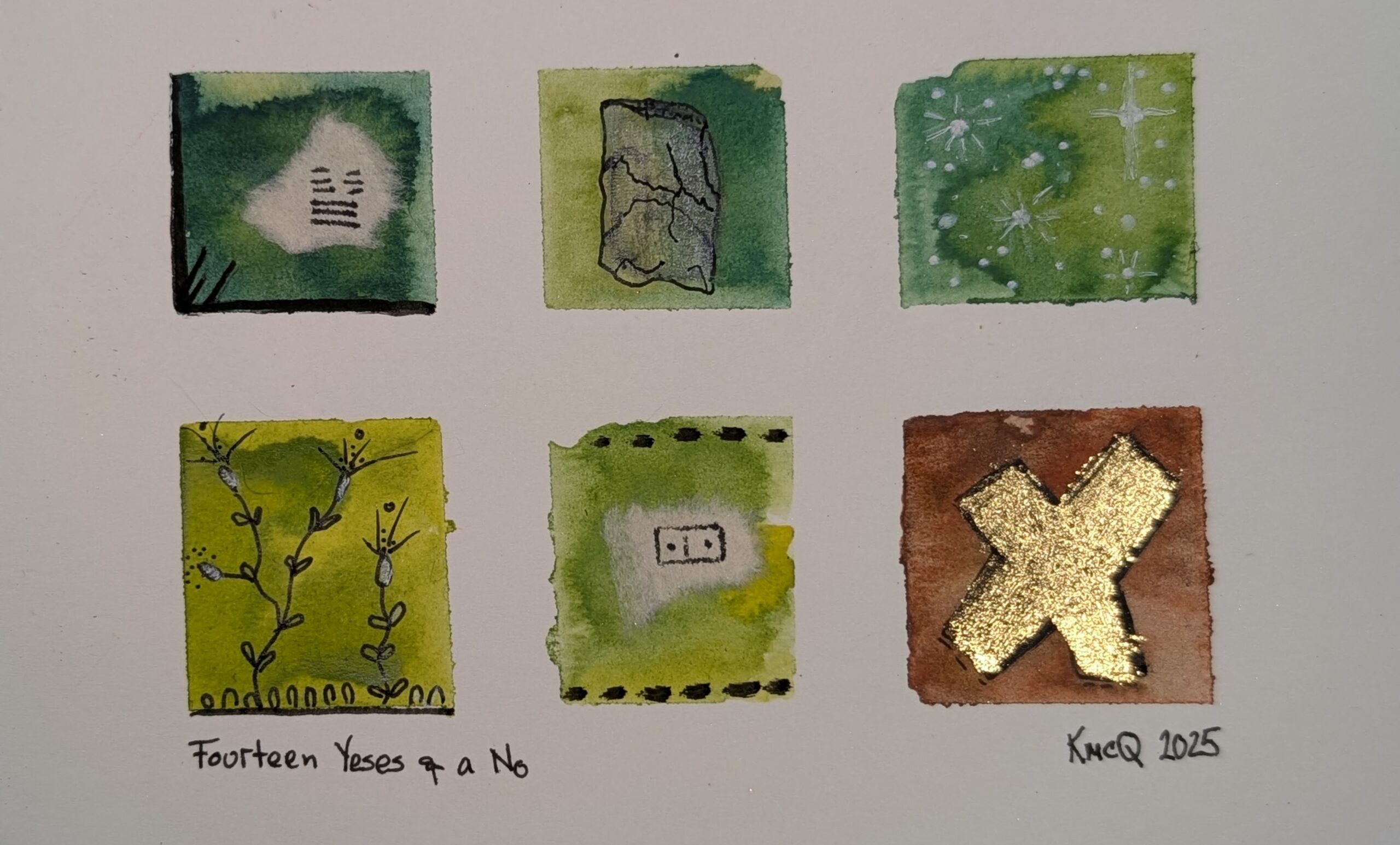As a fun Saturday project, Tod suggested we make paneer. I was on board with that because I have been wanting to make the Chiba version of paneer, chikko katametano.
Chikko katametano (entirely too long a name, so I just call it chikko) is traditionally made with colostrum, but since that’s not available unless you own mama cows, whole milk is a normal substitution. Chikko follows the same process as traditional paneer: bring the milk to a boil, turn off the heat, add acid (lemon, vinegar or nigari) to form the curds, then strain the whey.
Historical note: Cows arrived in Japan in the early 1700s. My neighborhood had Japan’s first dairy industry! So cheese was a novelty and to fit this Edo-era wonder into the normal Japanese diet, chikko is eaten like tofu. It is topped with soy sauce or added to soups and stews; it’s even miso-marinated. In face, another term for chikko is “milk tofu.”
Tod’s paneer took advantage of heat control in his Vermicular with a long, slow cook method. Bring the milk up to temp, hold it just under boiling at 90 C for half an hour, cool to 77 C then add the acid (citric acid). Let it cool for 30 minutes before draining and pressing.
We produced very different results with exactly the same ingredients: two liters of milk and the juice of two lemons. Though Tod’s recipe called for citric acid we didn’t have any on hand. He looked up the suitable lemon juice equivalent, which turned out to be the same as what I was going to use for my chikko. Interesting.

Tod’s paneer was beautifully smooth with tiny curds. My cheese was rough and crumbly. Our different methods of draining the whey enhanced that difference, too. Hanging seems to get more of the whey out when compared to pressing, at least with our home kitchen setup.

Recipes
Scientific Vermicular Paneer
2 liters milk
90 ml lemon juice (2 lemons)
1/2 cup warm water
Bring the milk to a boil on High then simmer the milk for 30 minutes with the temp control at 90 C. Cool the milk to 77 C. Mix the lemon juice with warm water and pour the mixture into the milk. Watch the curds form, but do not stir. Rest the cheese in the vermicular for 20 minutes, then drain through cheesecloth for about half an hour, stirring once to help release the whey. Tie the cloth and press under a weight (we used a plate and a pan full of water)
Spontaneous Chikko
2 liters milk
90 ml lemon juice (2 lemons)
Slowly bring the milk to a boil. Allow it to boil for about a minute. Turn off the heat. Pour in the lemon juice and stir gently to form the curds. Wait ten minutes or so and when mixture is cool enough to handle, strain the curds through a cheesecloth. When it is well-drained you have chikko. For paneer, tie up the cloth and hang the cheese to continue draining it. Refrigerate to firm it cheese.
Notes for Both Recipes: Use full fat milk. Do not use UHT milk – the proteins are changed at high processing temperatures and won’t form curds. If you don’t have a cheesecloth, a fine mesh strainer will work.
How to Eat


I decided to make Indian sweets with half of my cheese. I have been wanting to try this for a long time! I kneaded the cheese until it was smooth and dough-like, formed small discs, then boiled them in sugar syrup. I used some of last year’s turmeric syrup because we have a new crop coming in and I will be making more before too long. My “ras” turned out well for a first try.
The other half of my chikko was going to be eaten Japan style – as if it were “milk tofu” with topped with soy sauce. But when dinner time rolled around, the chikko was firmer than the paneer so we cut it up and marinated it for tikka.
So much cheese was really too much, so we opted to freeze Tod’s paneer for another time.
